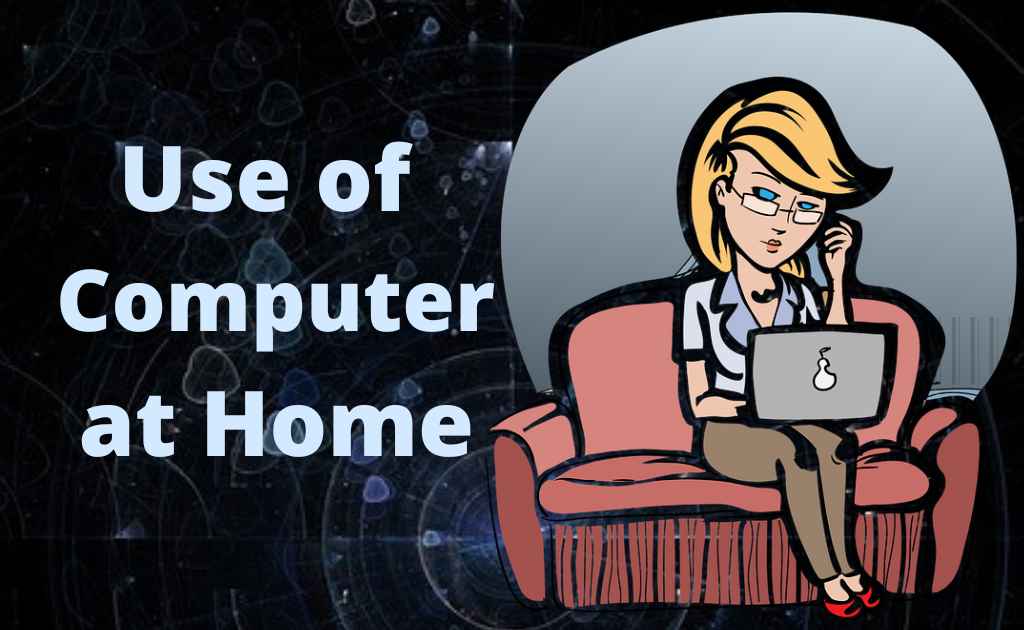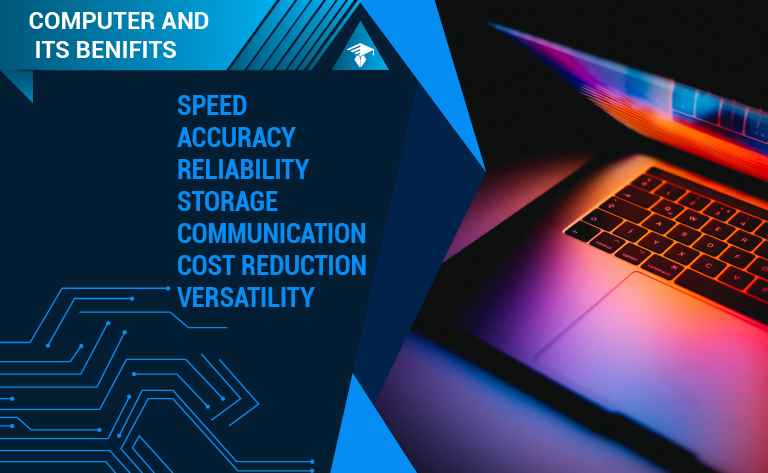Relationship Between Computer Science and Physics
Computer science and physics are closely related fields. Both deal with fundamental principles of the universe, and computer science often uses principles from physics to develop algorithms and computational models.
In fact, many computer science applications such as simulations, modelling, and machine learning rely heavily on physics concepts such as mechanics, electromagnetism, and thermodynamics
In this article, we will explore the relationship between computer science and physics, including how they are related and how they can be used together to advance scientific research and technological advancements.
How are Computer Science and Physics Related?
Computer science and physics have been intertwined since the advent of modern computing. One of the earliest computer scientists, John von Neumann, was also a prominent physicist. He played a key role in the development of the Manhattan Project, which led to the creation of the first atomic bomb. His work on the theory of games also had a profound impact on computer science.
Examples
Another way that computer science and physics are related is through their use of computational methods. Physicists use computational methods to simulate complex physical systems, such as the behaviour of atoms and molecules.
Computer scientists use computational methods to solve complex problems, such as optimization and machine learning.
Role of Computer Science in Physics
The interconnection between computer science and physics has numerous practical applications.
Computational physics
This field combines the principles of physics with the computational power of computers. Computational physicists use computer simulations to study complex physical systems that would be difficult or impossible to study experimentally.
For example, computational physicists might use computer simulations to study galaxies’ behaviour or to simulate particles’ behaviour in a vacuum.
Quantum computing
This field combines principles from quantum physics and computer science. Quantum computing promises to revolutionize computing by providing a way to solve problems that are currently impossible for classical mechanics.
Machine learning
Machine learning is a subfield of computer science that involves developing algorithms that can learn from data. Physicists can use machine learning algorithms to analyze complex data sets and make predictions about physical systems.
For example, machine learning algorithms can analyze data from particle accelerators to identify new particles or data from astronomical observations to identify new celestial objects.
Robotics
Robotics is an interdisciplinary field that combines computer science, physics, and engineering. Physicists can contribute to the development of robotics by designing and testing sensors, actuators, and other components that are used in robotic systems.
Computer scientists can contribute by developing algorithms that enable robots to interact with their environment and perform complex tasks.
FAQs
How are computer science and physics related?
Computer science uses tools and methods to study and solve problems in physics, like simulations and data analysis.
How does physics help computer science?
Physics contributes ideas like quantum computing and technologies like semiconductors, which are essential for building computers.
What role do simulations play in the relationship between physics and computer science?
Simulations use computer programs to model and study physical phenomena, such as black holes, particle collisions, and climate change.
What is an example of collaboration between these fields?
The development of quantum computing combines principles of quantum physics with computer science to create faster and more powerful computers.







Leave a Reply